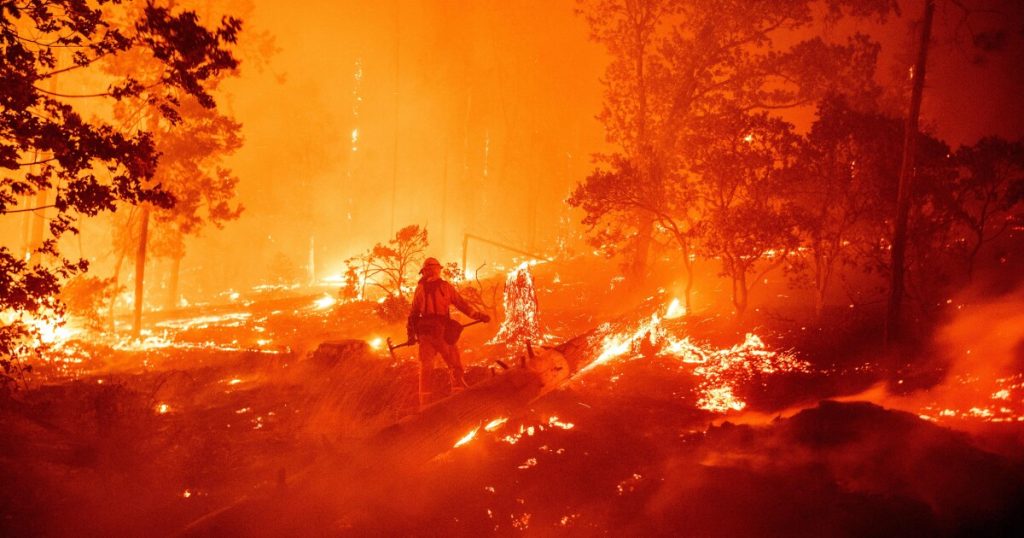California is once again battling devastating wildfires that have ravaged large portions of the state, leaving communities on edge and firefighters stretched to their limits. With flames consuming over 30,000 acres and counting, the question on everyone’s mind is: How did the fires grow so massive so quickly?
The Scope of the Fires
As of now, the largest blazes include the Palisades Fire, Eaton Fire, and the recently ignited Kenneth Fire. Combined, these fires have destroyed more than 10,000 structures, forced the evacuation of 180,000 residents, and tragically claimed at least ten lives.
The Palisades Fire alone has consumed nearly 20,000 acres, with flames creeping dangerously close to residential areas. The Eaton Fire, centered in Pasadena and Altadena, has burned over 13,000 acres and is the deadliest, with five confirmed fatalities. Adding to the chaos, the Kenneth Fire erupted in the West Hills, fueled by arid conditions and strong winds.
Why Are the Fires Spreading So Quickly?
A combination of natural and human-made factors is driving the unprecedented spread and intensity of these wildfires:
1. Strong Winds
Santa Ana winds, infamous for their speed and dryness, have been a major accelerant. These winds can reach speeds of up to 70 miles per hour, pushing flames across dry vegetation at alarming rates.
2. Drought Conditions
California has experienced years of drought, leaving vegetation brittle and ready to ignite. The lack of significant rainfall has created a “tinderbox effect,” where even a small spark can cause massive destruction.
3. High Temperatures
Record-breaking heatwaves have turned the state into a furnace. Temperatures exceeding 100°F in some areas have created ideal conditions for wildfires to thrive.
4. Human Activity
Some of the fires, such as the Kenneth Fire, are suspected to be caused by human activity, including arson. Additionally, urban sprawl into fire-prone areas increases the likelihood of accidental ignitions.
What Makes These Fires So Hard to Contain?
Firefighters face numerous challenges when trying to control these blazes:
- Steep Terrain: Many of the affected areas are rugged and difficult to access, complicating containment efforts.
- Limited Resources: With multiple fires burning simultaneously, emergency services are stretched thin.
- Shifting Winds: Sudden changes in wind direction can cause fires to spread unpredictably, endangering both firefighters and residents.
The Human and Environmental Toll
The wildfires have taken a severe toll on the environment, reducing entire ecosystems to ash. Wildlife is being displaced, and air quality across the state has plummeted, affecting millions of people. For residents, the destruction of homes, schools, and businesses is a harsh reminder of the growing threat of climate-driven disasters.
What’s Being Done?
California has mobilized over 2,000 firefighters, including inmate crews, to battle the flames. Helicopters and planes are dropping water and fire retardants, while ground crews work tirelessly to build containment lines. Reduced winds in recent days have offered a glimmer of hope, but the fight is far from over.
The Bigger Picture
Experts warn that this is likely the new normal for California. As climate change intensifies, so too will the frequency and severity of wildfires. Addressing this crisis will require not just emergency response but also long-term changes in land management, building practices, and global climate policies.
For now, residents remain vigilant, hoping that firefighters can turn the tide before more lives and homes are lost.



